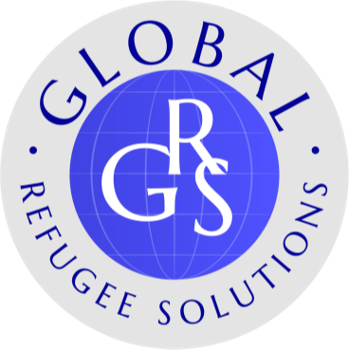Sweden
Learn more about the region below
Overview
Sweden has a long-standing history of welcoming refugees, with significant refugee populations residing in the country. The country has faced challenges in integrating large numbers of migrants, especially during periods of increased immigration such as the 2015 refugee crisis. While Sweden has maintained an open-door policy for asylum seekers, it has also experienced public resistance and policy shifts in response to rising numbers of refugees and integration challenges.
Country Facts
- Population: Approximately 10.64 million in 2025.
- Foreign-Born Population: Around 2.14 million people (about 20% of the population).
- Most Common Foreign Ancestry: Finnish, followed by other countries including Syria, Afghanistan, and Iraq.
- Refugees and Asylum Seekers:
- Sweden had nearly 278,000 refugees in 2022.
- Syrians made up the largest refugee group in 2022, followed by Ukrainians and Afghans.
- In 2015, Sweden accepted almost 163,000 asylum seekers.
- Sweden has accepted a large number of refugees over the years, particularly from countries such as Syria, Afghanistan, Iraq, and Somalia.
Crisis
Sweden experienced a major refugee influx in 2015, accepting one of the highest numbers of asylum seekers per capita in the EU. The country’s integration policy has had mixed results, with challenges related to unemployment, poverty, and the emergence of "parallel societies." These issues have contributed to debates over immigration policy, leading to a shift towards more restrictive measures in recent years. As a result, there have been growing concerns over strain on Sweden’s welfare system, public resistance to immigration, and social tensions.
Frequently Asked Questions (FAQs)
Why are refugees coming to Sweden?
Refugees are fleeing conflicts and instability in their home countries, particularly Syria, Afghanistan, and Iraq. Sweden has long been seen as a country offering protection and opportunities.
What challenges does Sweden face with integration?
Many refugees face unemployment, poverty, and difficulties integrating into Swedish society, particularly in areas with high immigrant populations.
What is the current immigration policy?
Sweden has introduced stricter immigration policies in recent years, including temporary residence permits and tighter family reunification rule.
